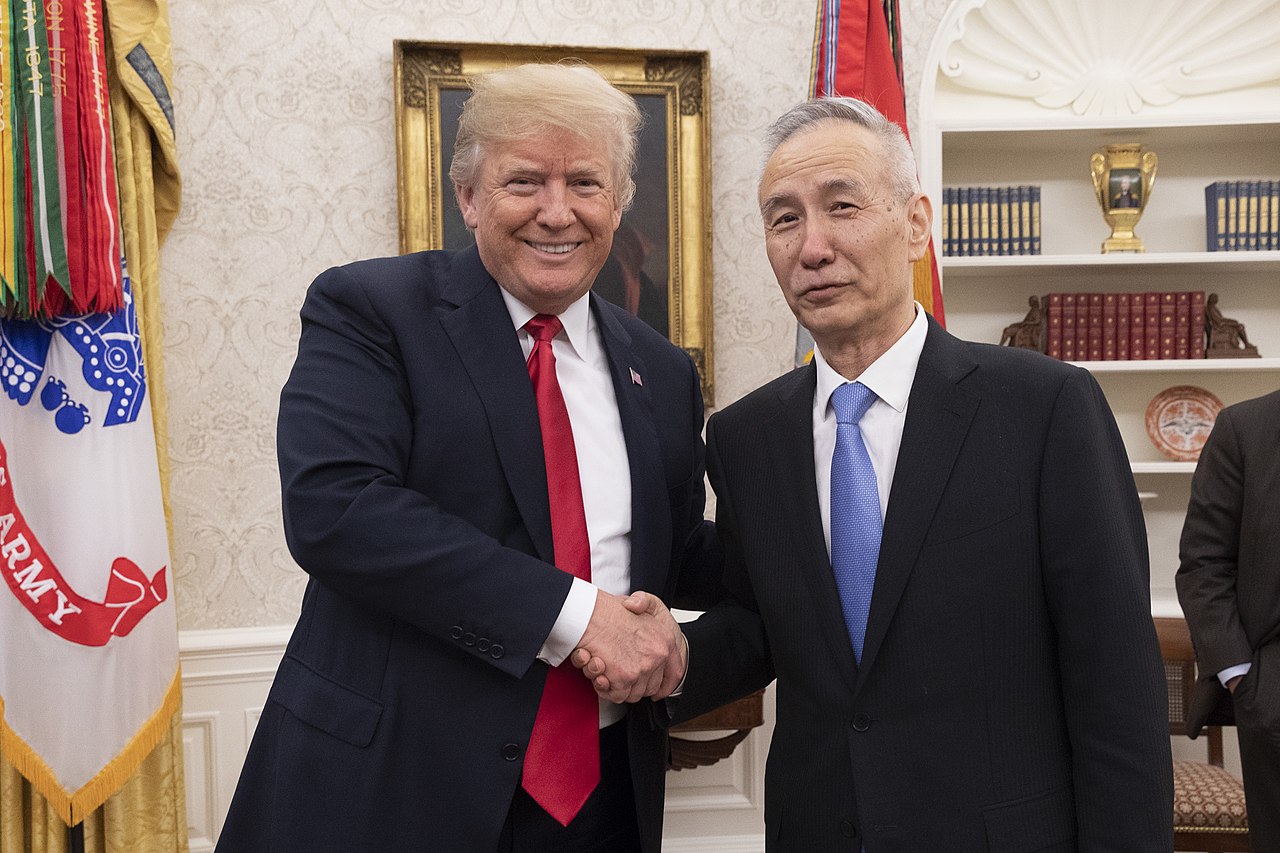Special to WorldTribune.com
UNITED NATIONS — Amid the global gallop towards economic protectionism, there’s the political temptation to use tariffs which undeniably produce a feel good factor for politicians and polemists, but whose bottom line is paid by the consumers.
The current trade tensions between the United States and China has all the ingredients of a turgid political melodrama; massive U.S. trade deficits, lost industries and jobs, and Chinese technology theft.

The game is being played out on an uneven field; President Donald Trump has thrown down the Tariff gauntlet in a bid to negotiate a fairer trade deal with Beijing and to bring parity for American workers. In this volley, a 25 percent Tariff has been slapped on $200 billion of Chinese imports.
But tariffs, a levy on imports, remains just another tax. More precisely tariffs are taxes imposed on goods imported from a foreign country. Companies pay the tab upfront and then pass on the bill to customers.
The use and abuse of tariffs is nothing new. In the pre-WWII era the U.S. and most other countries used them to collect revenue. Indeed both political parties, Democrat and Republican, have variously embraced them as a political panacea to solve economic problems. Since the 1960’s American tariffs have dramatically declined to about 5 percent in 2016. Trade expansion and economic growth has followed.
Historically European countries such as France and Germany used tariffs to protect national industries and their workers. Throughout most of Europe, consumer costs remain higher precisely because of protecting local manufacturers.
Tariffs are wielded to protect industries and jobs, to punish economic predators, and to score political points. President Trump totally understands that a tough “tariff regime” would hinder strong economic growth and cause retaliation, but at the same time the use of tariffs remains a powerful tool to bring countries to the negotiating table. Many trade union members and blue collar Democrats back the Administration’s trade policies.
The proverbial cheap Chinese imports have created lower prices for American consumers. Conversely they have decimated U.S. industries. Larry Kudlow, the president’s Chief economic advisor concedes that by slapping a 25 percent tariff on Chinese products “both sides will suffer.”
An Oxford Economics forecast estimates the tariff increase could cost up to $800 per household.
Yes, but here’s another part of the larger picture. If Walmart were a country it would be one of the world’s largest trading powers! But while offering American consumers far lower prices, such stores massively fuel the China trade deficit. According to some estimates, the Walmart trade deficit with China has eliminated or displaced over 400,000 U.S. jobs between 2001 and 2013.
From bicycles to clothing to even the humble mousetrap, China’s factory to the world has pushed American producers aside. For example China was the source of 94 percent of bicycles imported into the U.S. in 2017! A Wall Street Journal article underscores that even niche American bicycle manufacturers are dependent on Chinese parts and thus still will be affected by tariffs.
A strong U.S. economy with powerful job creation and record low unemployment has allowed the President to go head to head with Beijing on trade.
What are the numbers? Consider for a moment the U.S. trade deficit with the People’s Republic of China; in 1988 it was $3.5 billion, by 1998 $57 billion, in 2008 it climbed to $268 billion, and in 2018 it surged to $419 billion!
While the American Chamber of Commerce in China touts the line that U.S. exports to China at $120 billion have never been higher ( happily true), there’s nonetheless a widening trade gap where China’s exports to the USA also have never been higher.
But beyond deficits, American jobs especially in key industries such as aluminum and steel have taken serious losses, until now. Tragically now the American farmer is taking the brunt when it comes to agricultural exports to China.
Significantly the President has cancelled aluminum and steel tariffs on Canada. This is part of Washington’s overdue compromise to pass the renewed and updated version of the NAFTA trade deal comprising Canada, Mexico and the United States. The U.S. should equally lift its tariff threat on trade partners South Korea, Japan and Germany.
Now both Washington and Beijing must work overtime to solve the trade impasse lest uncertainty and a blame game become part of a vicious cycle. The Trump Administration’s entrenched rivalry with Beijing over Trade, the South China Sea, and Taiwan forebodes a dangerous trajectory towards potential conflicts. So what then remains the ultimate endgame?
John J. Metzler is a United Nations correspondent covering diplomatic and defense issues. He is the author of Divided Dynamism the Diplomacy of Separated Nations: Germany, Korea, China (2014). [See pre-2011 Archives]

 By
By